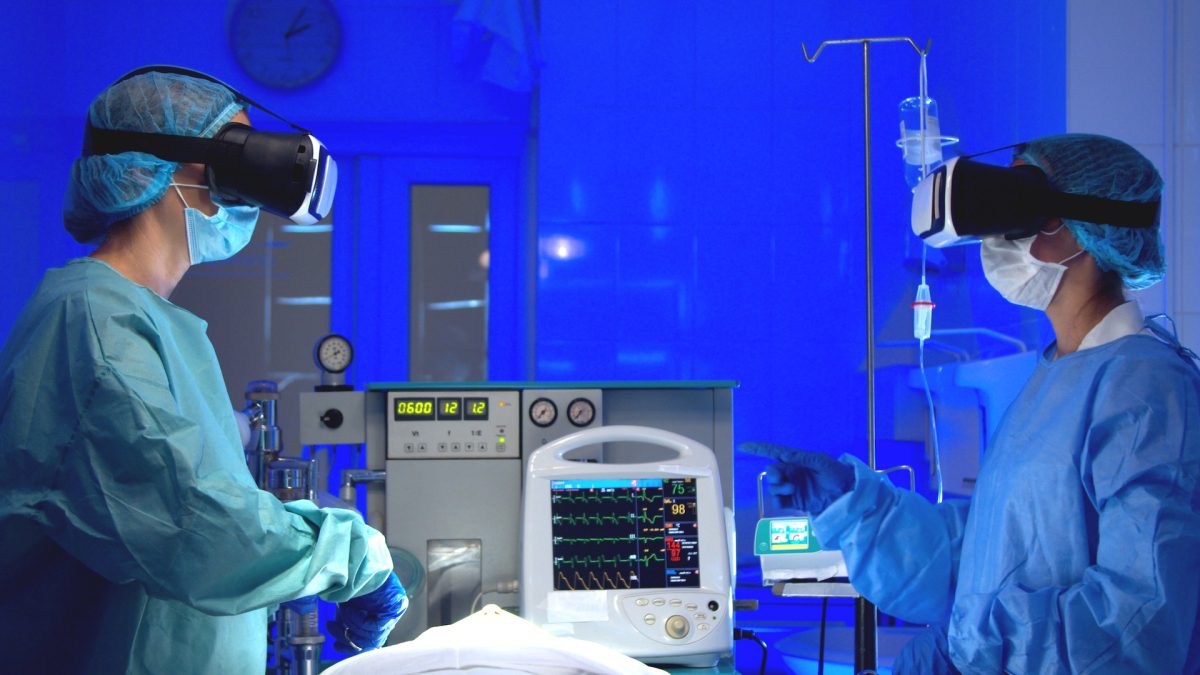Portable X-ray vision a step closer to reality with OXOS Medical – Although all eyes are currently on innovations within the AI space, there is definitely no sleeping on innovations within the medical space as global medical imaging technology is edging closer to perfection.
The global medical imaging market was valued at slightly more than $28 billion in 2021, and it is only expected to rise as demand for early-detection services, as well as lifestyle and age-related conditions, increases. However, as the demand for radiology services grows, so does the number of available radiographers. In the United States, nearly half of the radiographers are nearing retirement age, and fewer residents are lining up to fill their upcoming vacancies.
The situation in the United Kingdom is similarly dire, with a shortfall of 1,670 radiologists reported in the Royal College of Radiologists census for 2021 and no signs of improvement in sight. It’s a problem that’s not only ripe for improvement but also urgent. In this context, OXOS Medical recently raised $23 million in Series A funding with the goal of delivering a “radiology department in a box.”
Also, read: Apple meets Germany’s test for special abuse controls
“X-ray is the primary medical imaging modality, used at the beginning or end of over 70% of health interventions, but 80% of the world lacks access to imaging,” explains OXOS’ CEO and co-founder, Evan Ruff. Clearly, a lack of supply has the potential to negatively impact healthcare provision for millions of people, and OXOS believes it can help to alleviate that. “We aim to put safe, powerful, and simple X-ray technology in the hands of urgent care centers, sports teams, home care and international mission operations, where a real-time diagnosis is critical to saving human lives.”
Parkway Venture Capital and Intel Capital provided the $23 million Series A funding, bringing OXOS Medical’s total funding to $45 million. In addition, Parkway Venture Capital co-founder and managing partner Gregg Hill and Intel Capital investment director Eric King joined the OXOS board of directors to help accelerate the company’s growth. Ruff explained how this funding will be used to help OXOS scale up while also advancing its technological advantages.
Also, read: Amazon plans to invest in ten generative AI startups around the world
“This fundraiser was all about setting OXOS up for scale,” says Ruff. “As a small company, there are certain things that we just can’t do. This money unlocks a number of new initiatives, everything from cost reduction activities to product development, to advanced research, and other initiatives. Our goal is for anyone, anywhere, to be able to unpack an OXOS device and have a complete radiography solution available immediately.”
While OXOS is eager to continue supplying devices in traditional markets, the company also recognizes that its technology is applicable in a wide range of medical and non-medical settings.
“OXOS devices use 80% less radiation than existing devices, shifting the envelope of what’s possible in radiography,” says Ruff. “OXOS’ smart and safe technology addresses the growing needs of orthopedic and radiographic professionals across all care scenarios, expanding access well beyond established sectors. We’re seeing massive pull into urgent care, professional sports, and family practices, as well as other non-medical applications.”
OXOS claims that its devices are the only ones on the market that can provide both static images (digital radiography) and live imaging (dynamic digital radiography) in any setting, for diagnostic and surgical radiography. OXOS believes it can make X-rays more accessible by combining their low radiation profiles and the ability to provide imaging from a small form factor that is viewable by medical practitioners anywhere on any device via the OXOS Cloud Platform.
If OXOS’s short-term goals are focused on scaling, volume, and expansion into new markets, what about the company’s long-term prospects?
“Every year, the U.S. spends over $50 billion on radiography. There is another $75 to $100 billion spent worldwide. OXOS technology provides a safe, point-and-click, end-to-end solution for every one of those use cases,” says Ruff, showing how big a market is available to it, and how it’s possible to make a positive impact on healthcare. “As our volumes increase and the number of deployed OXOS devices increases, the OXOS platform will be a huge resource for researchers and diagnostic innovators to build on, automating radiographic diagnostics and making healthcare cheaper.”
“As we execute on our goals, OXOS will grow into an independent, public company,” says Ruff.



















